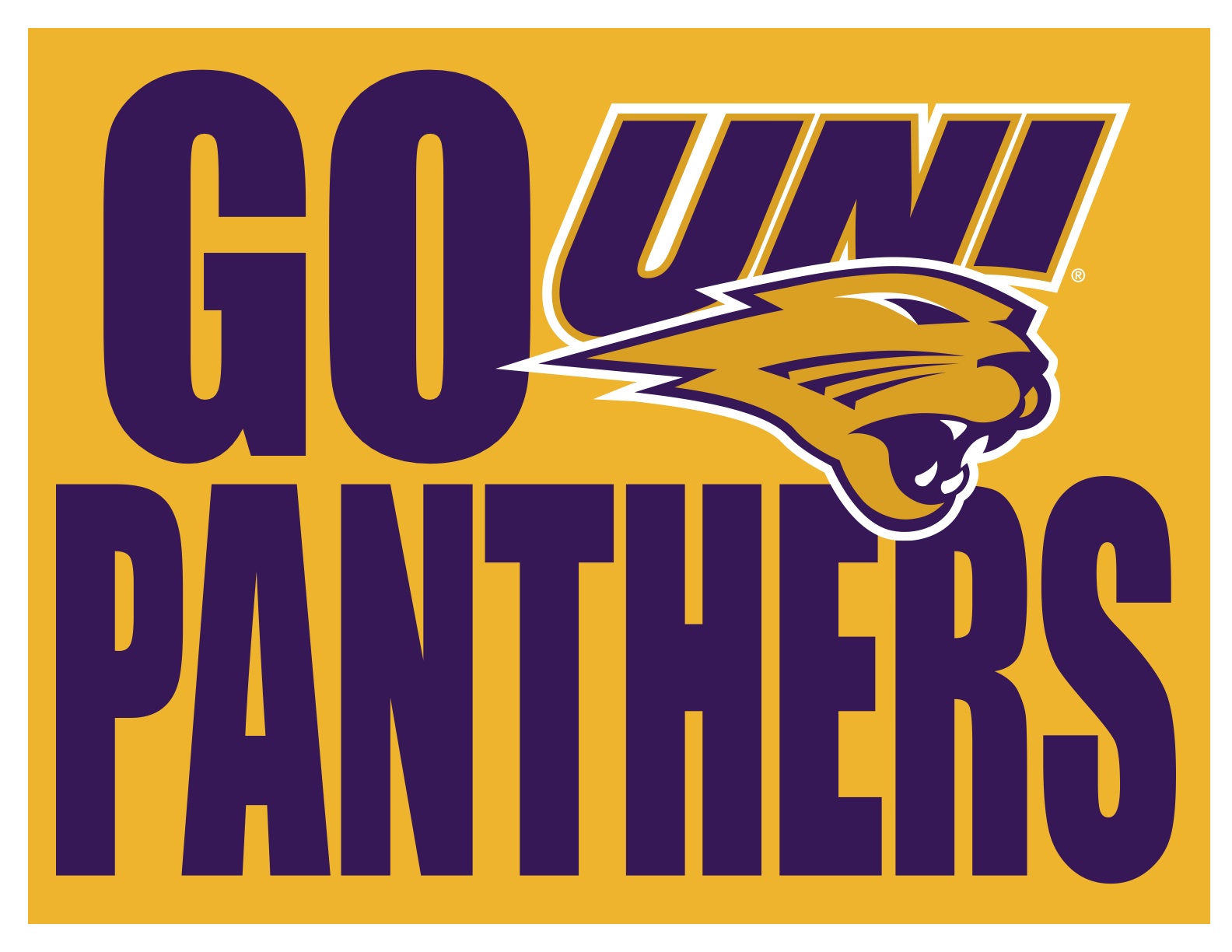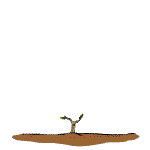Study Questions Exam III
1. How are archaeplastida different from plants?
2. Draw and label the entire clade for Plantae.
3. Why are red algae red?
4. What are red algae used for (by people)?
5. What's a chlorophyte?
6. Where do they live? 3 places.
7. Draw and label the life cycle of a Chlamydomonas.
8. Why are these dates important: 4.5 billion years ago (bya),
3.8 bya, 1.2 bya, 0.5 bya
9. What 4 morphological traits, and two genetic datasets support
the sister-taxa relationship of charophytes and land plants
(embryophytes)?
10. 4 reasons to move to shallow water from deep.
11. 2 challenges of land for plants.
12. _______________ in plants is analagous to the harder shell of a
reptile.
13. Genetically speaking, why is a gametophyte a good thing for plants?
14. What are the big 4 unique traits of land plants?
15. Draw and label a simple diagram of alternating generations.
16. Why are gametes made via mitosis and spore via meiosis?
17. What's a cuticle?
18. What's a secondary plant compound and why do they make them?
19. Why are mycorrhizae important?

20. Compare and contrast archegonia and antheridia. How are
they alike? How are they different?
21. What is a sporangium?
22. What are the differences between a spore and a gamete?
23. What is so special about an apical meristem?
24. Early fossil spores were not singular but in clumps of _________ (number?).
25. Why is vascular tissue important?
26. Draw a phylogeny using the following:
liverworts, hornworts, mosses, lycophytes, pterophytes, gymnosperms,
angiosperms.
27. What 3 groups are the nonvascular land plants?
28. What 2 groups form the seedless vasular plants?
29. What 2 groups form the seed plants?
30. What's a seed?
31. What's a hepatophyte?
32. What's an anthocerophyte?
33. The ____________ is dominant in the nonvascular life-cycle.
34. A spore develops into a____________.
35. Gametes fuse to eventually give rise to a_______________.
36. Be able to label a diagram of a moss life-cycle with the
following:
Antheridia
Archegonium
gametophyte (male or female)
sporophyte
spore
embryo
which are diploid or haploid?
37. What's a peristome? Foot? Seta? Sporangia/capsule?
38. What does a bryologist study?
39. Why do moss need wet environments?
40. Vascular tissue is necessary to ______________.
41. The two types of vascular tissues are_____________ and
_______________.
42. Why do ferns do best in wet habitats?
EXAM III - FRIDAY
APRIL
9th!
43. What 3 things make up a seed?
44. What are the 5 key adaptations of seed plants?
45. Why are these adaptations KEY for terrestrial life?
46. What is heterospory?
47. What are the 3 parts of an unfertilized ovule?
48. Draw an ovule.
49. What is a pollen grain?
50. What is pollination?
51. What are the 3 parts of a gymnosperm seed. If they have chromosomes, what are their ploidy levels?
52. What are the 4 main gymnosperm groups?
53. Know the parts of a fern life cycle.
54. What are the four phyla of gymnosperms. Give an example of a plant from each.
55. Genus Ephedra produces the secondary plant compounds:
56. Many conifer forests depend on _______________ for survival.
57. Male spores of a pine tree are called ___________ and develop into a____________.
58. Female spores are called ___________ and develop into a____________.
59. What are three key features of the gymnosperm life cycle?
60. It can take nearly ___________ years to go from cone to seed.
61. What is a major ecological problem with the message in the Smokey the Bear ad depicted at right?
62. Angion is greek for_______________.
63. About how many species of angiosperms?
64. What are the four major parts of a flower that are derived from specialized leaves?
65. What's a fruit?
66. What's a fruit good for?
67. Why does a strawberry turn red?
68. What phylum makes up the angiosperms?
69. The male part of a flower is the___________ and has an_________ on top of a ________.
70. What are the parts of a carpel?
71. Thought question: If needle-like, waxy leaves are an
adaptation for arid environments because they prevent water loss, why
are so many northern forests (boreal or taiga) dominated by conifers?
72. What's an anachronistic fruit!?
73. Janzen would say that hedge apples and/or Guanacaste fruits are becoming more rare because
_____________ are missing.
74. What does dioecious mean?
75. Know your parts of the angiosperm life-cycle: names and
ploidy and what makes what. Megasporangium, megaspore, microsporangium
microspore, generative cell, tube cell, egg, central cell, double
fertilization, endosperm, female gametophyte, male gametophyte.
What ploidy level are they? n, 2n or 3n?
76. What's a micropyle?
77. What is corn silk?
78. Draw a phylogeny for, water lillies, magnolias, monocots, and eudicots.
79. What's the difference between monocots and eudicots?
80. What is coevolution?
81. Most land plants rely on ___________ fungi to aid in the
uptake of nutriens from the soil. (see page 604 if you missed this in
your notes).
Because I explained this badly: Monoecious = both male and female flowers on ONE plant (simple right?).



